Mastodon’s Brent Hinds, Bill Kelliher, and Troy Sanders graciously spoke with Premier Guitar about their powerful, yet simple rigs. At a recent stop in Nashville, this twice Grammy-nominated band talked about their signature-model guitars and explained how they configure their touring setups.
Brent Hinds
Guitars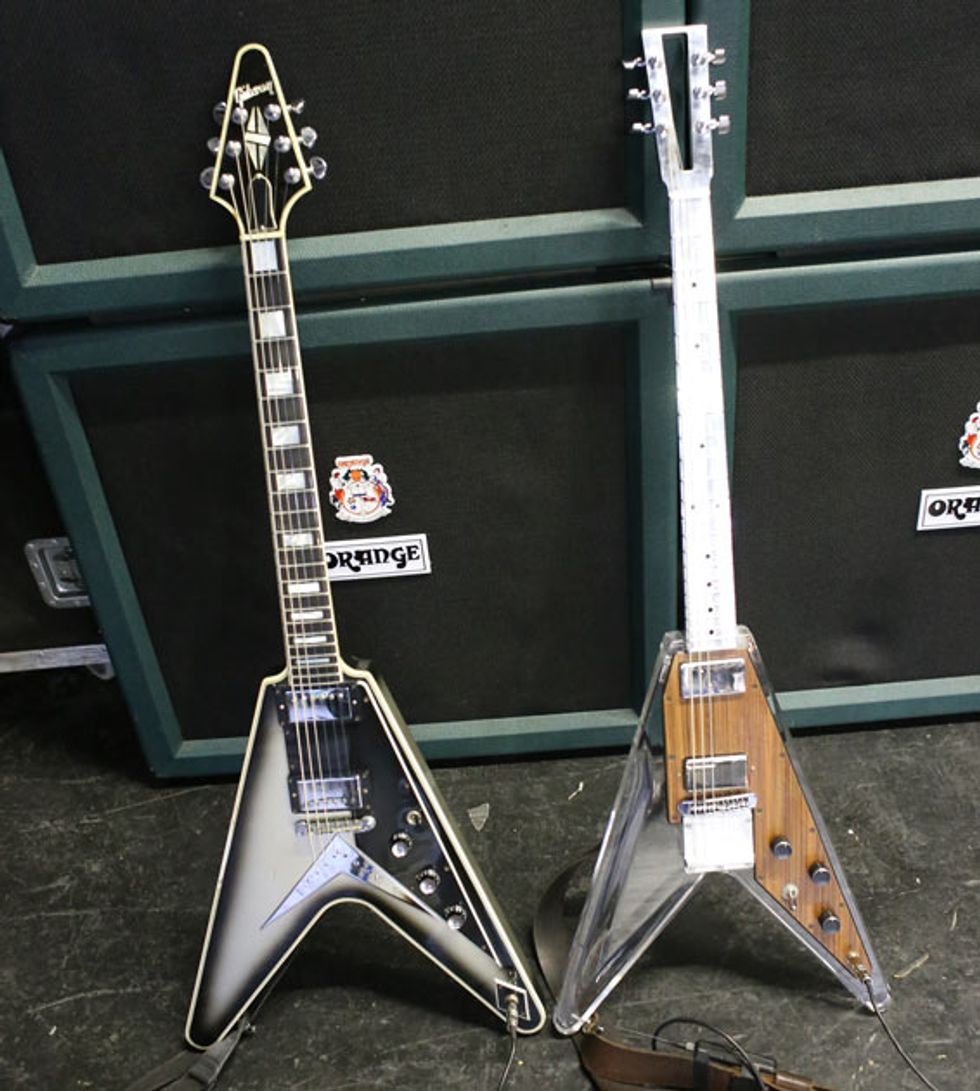
Hinds also tours with a Gibson Custom Silverburst Flying V. This wicked guitar sports Gibson ’57 Classic humbuckers, and—like his other V—is strung with D’Addario XL Nickel Wound sets with gauges as large as .060, depending on the tuning.
Amps
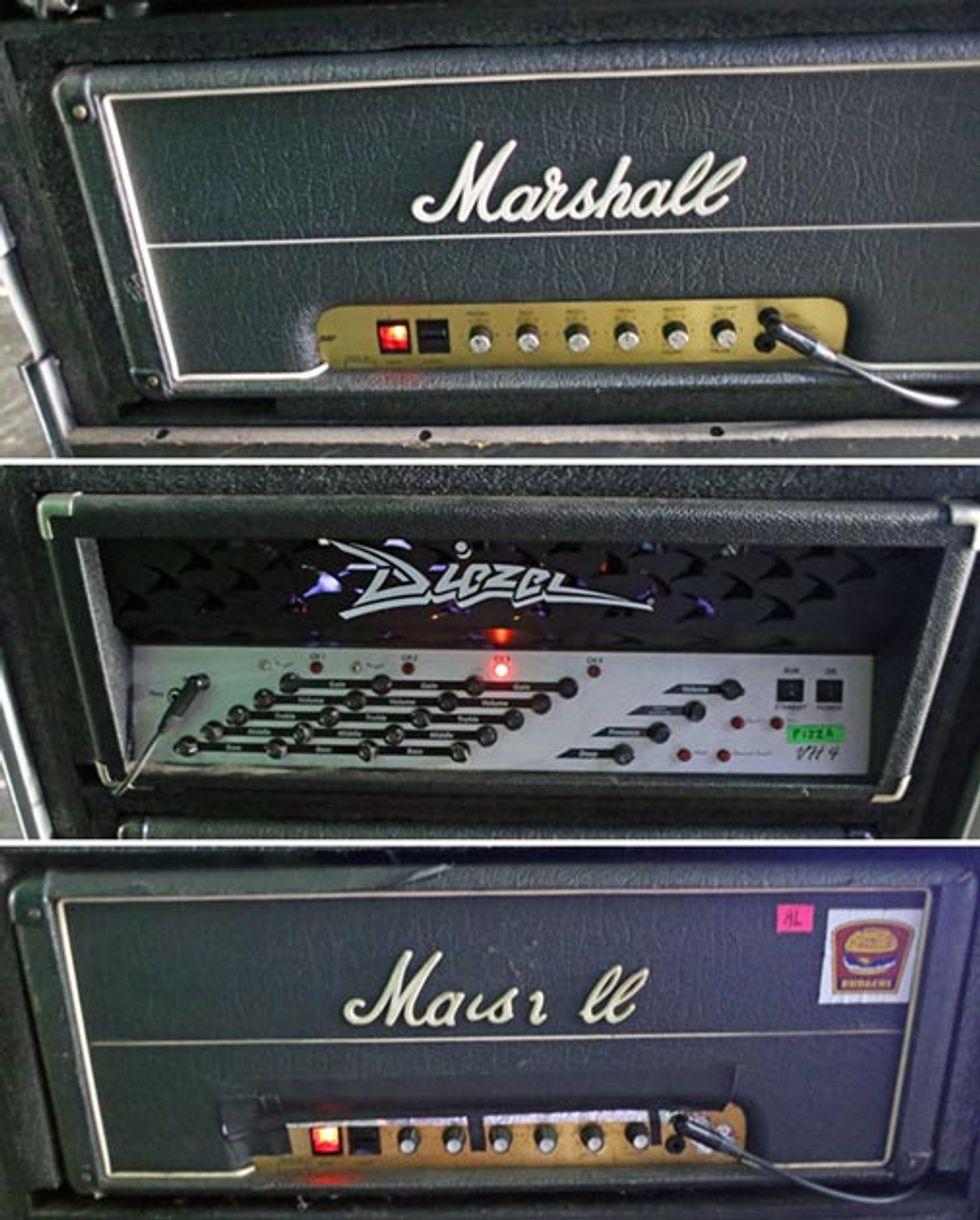
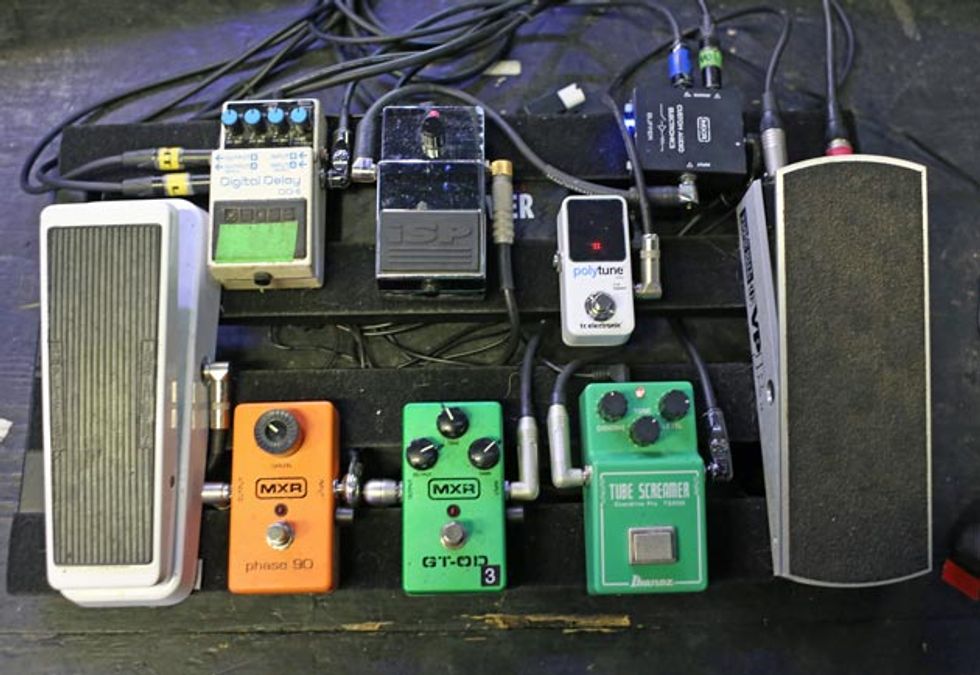
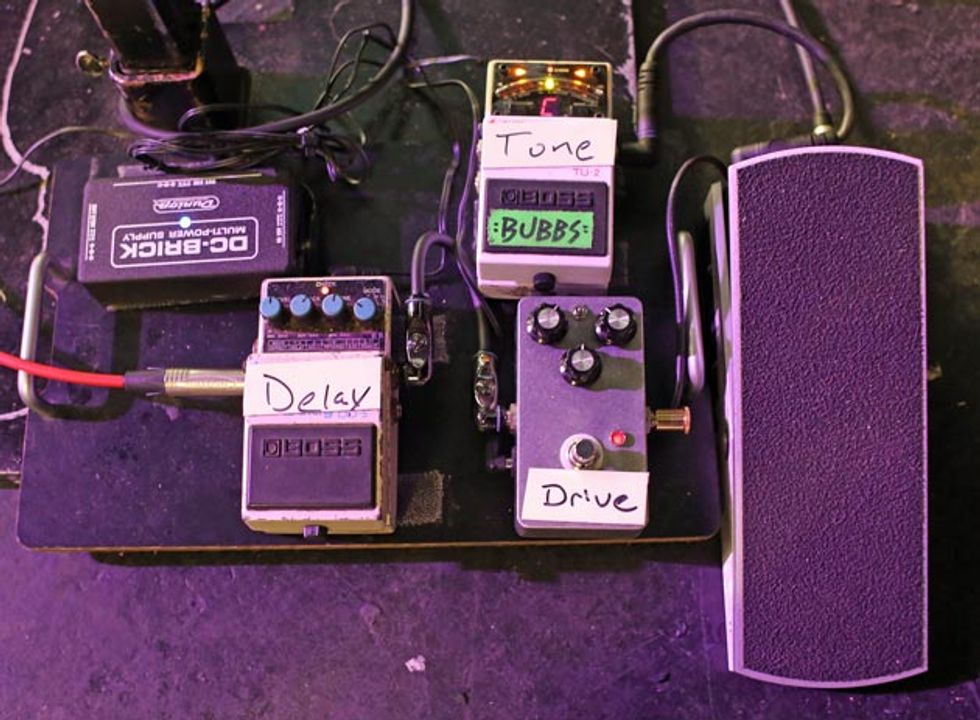
Bill Kelliher
Guitars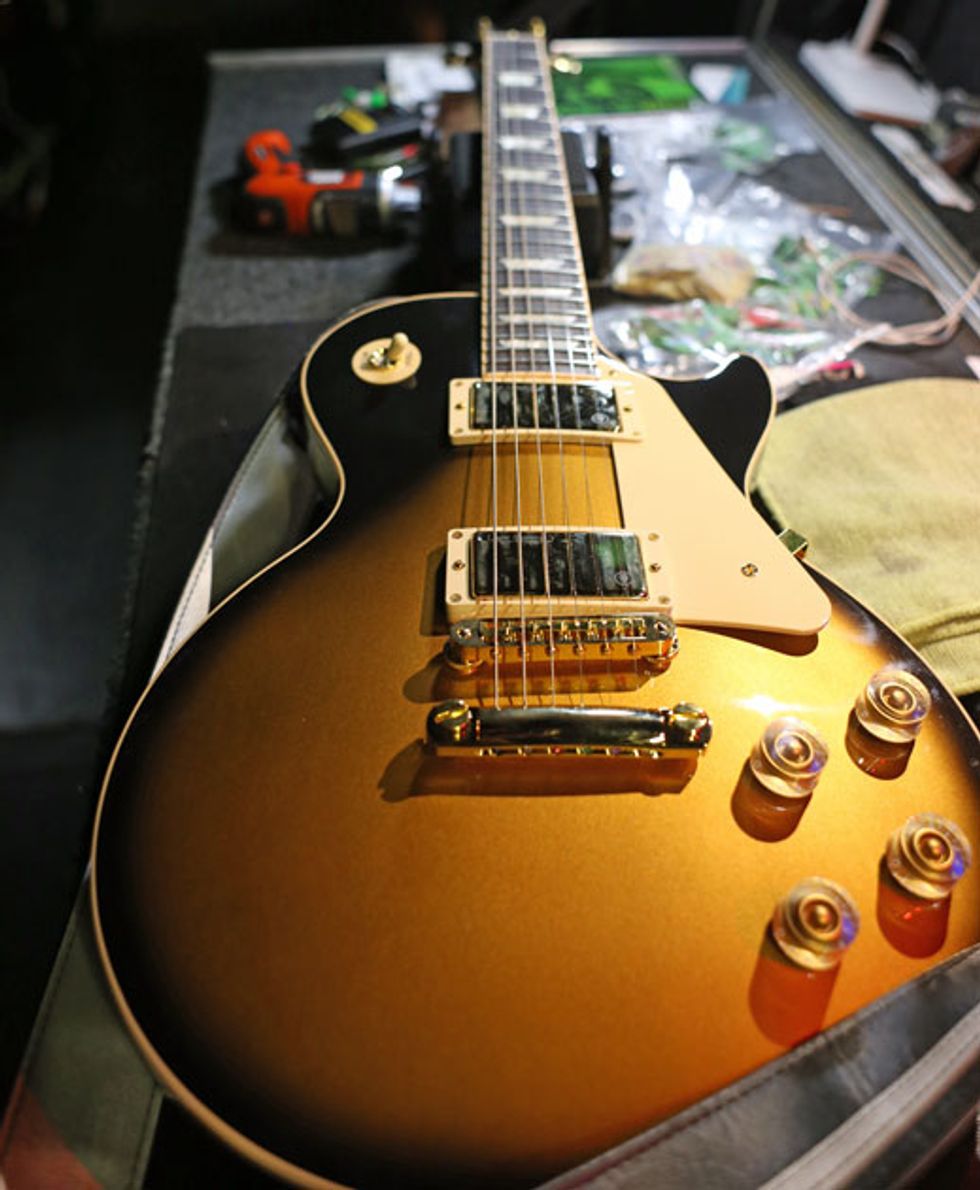
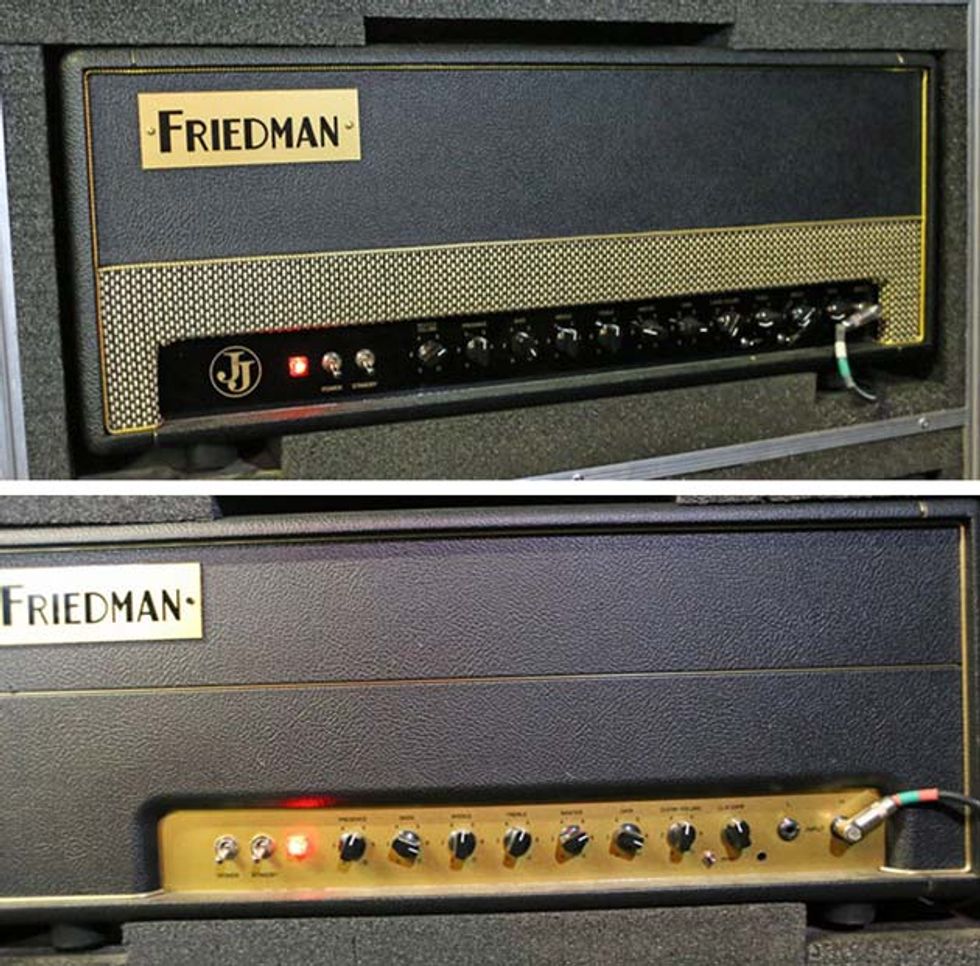
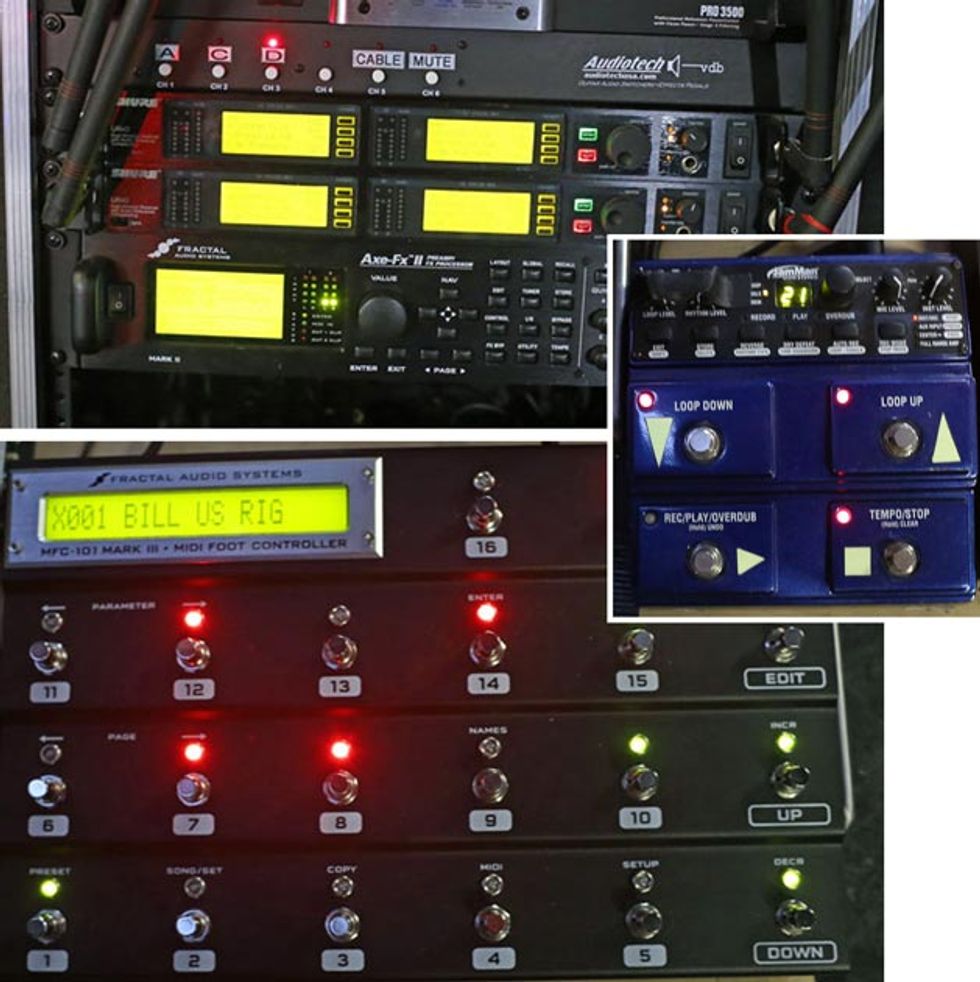
Troy Sanders
Basses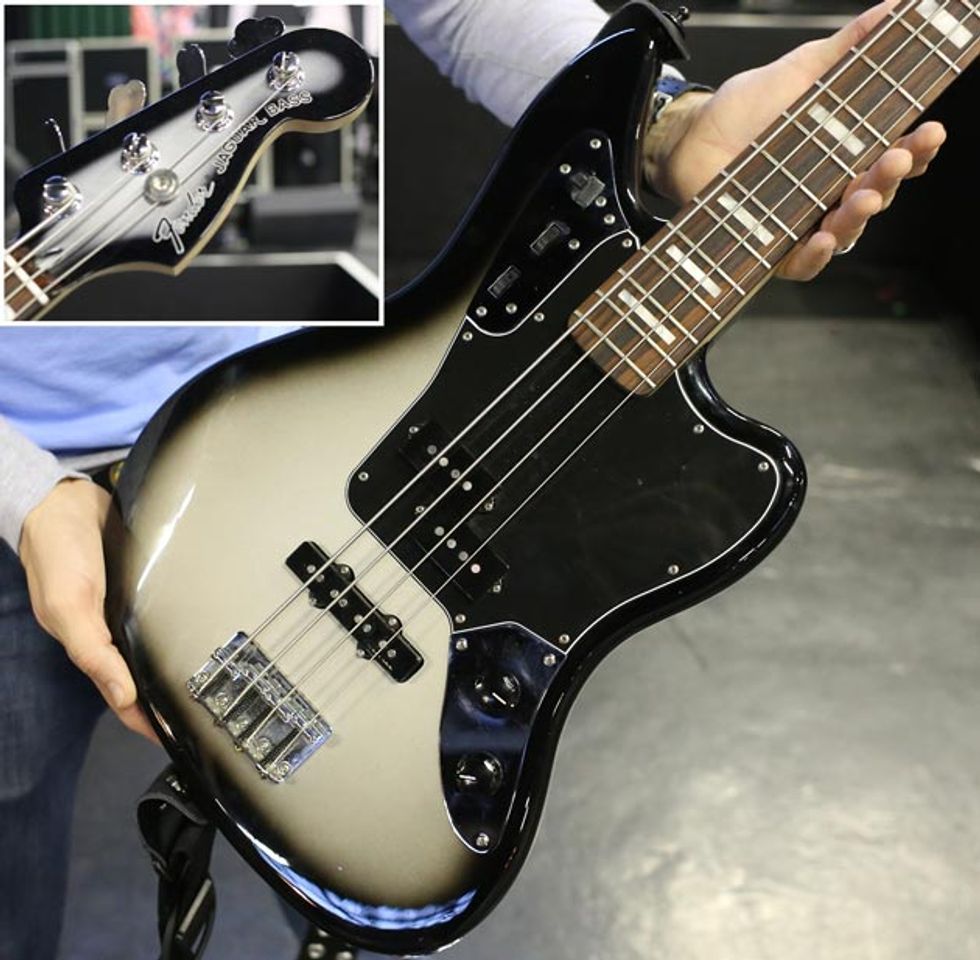
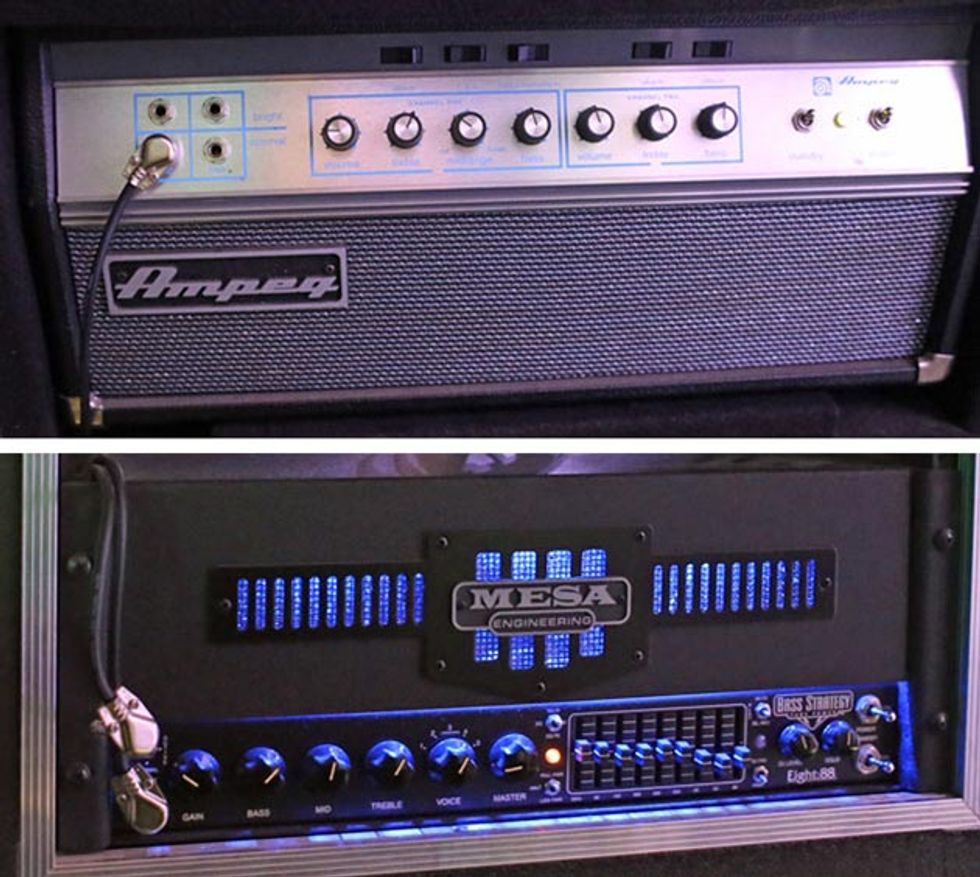
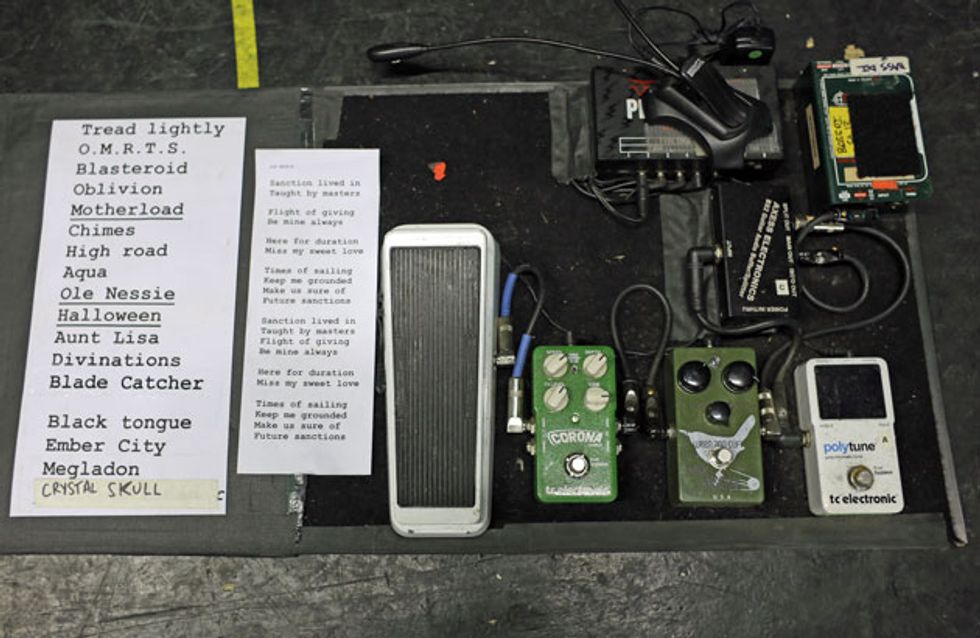



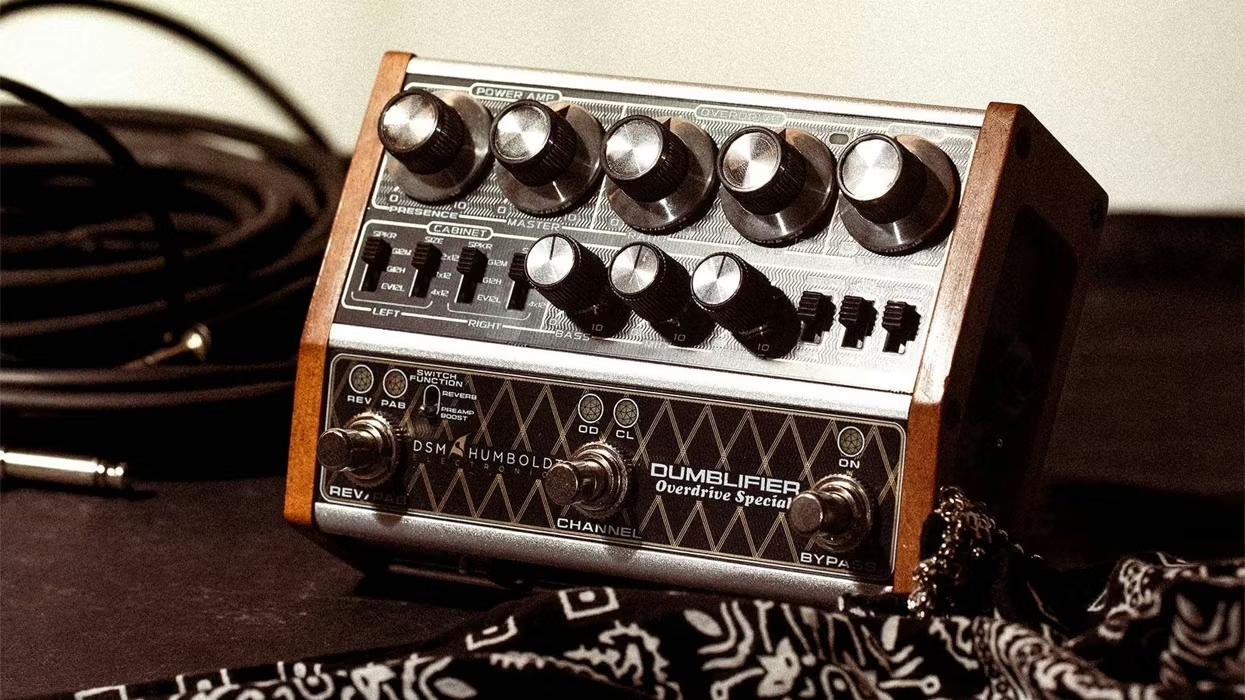
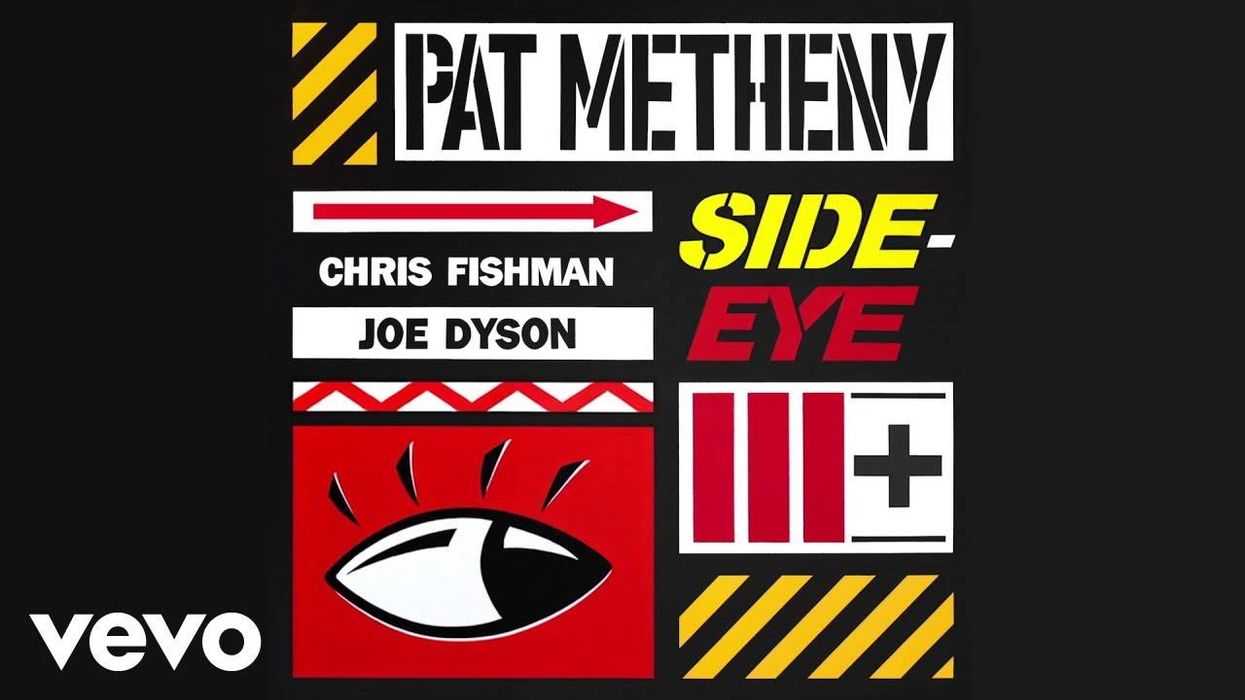
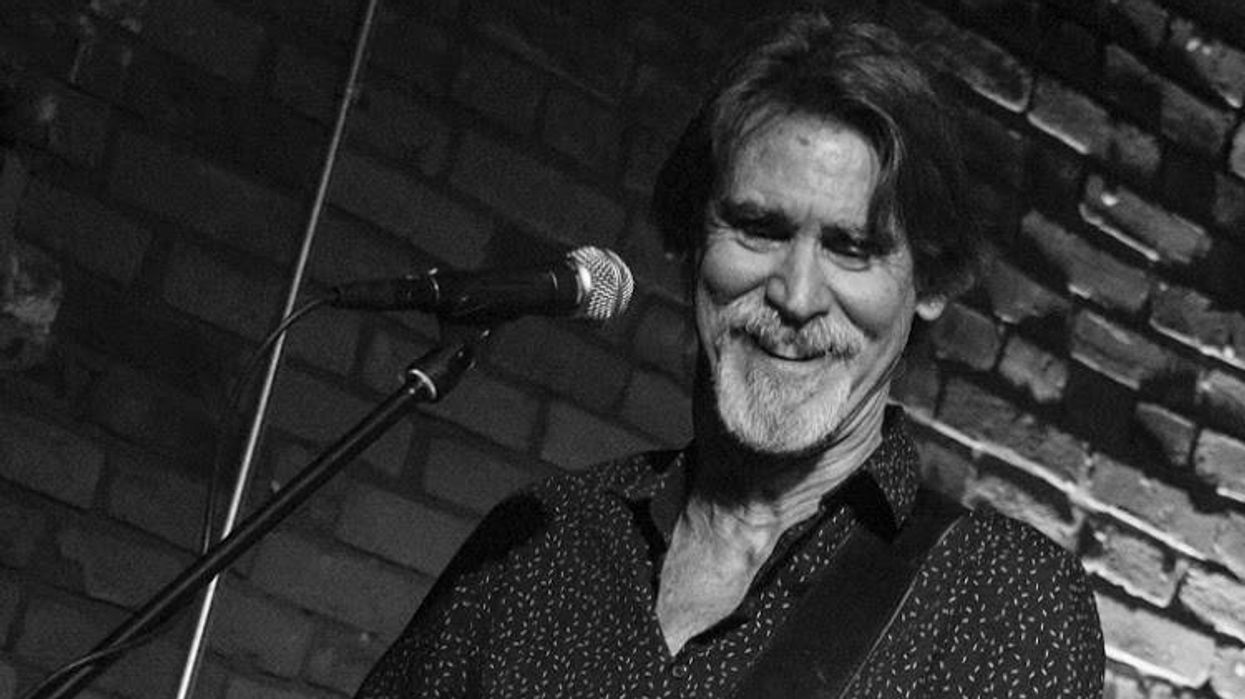
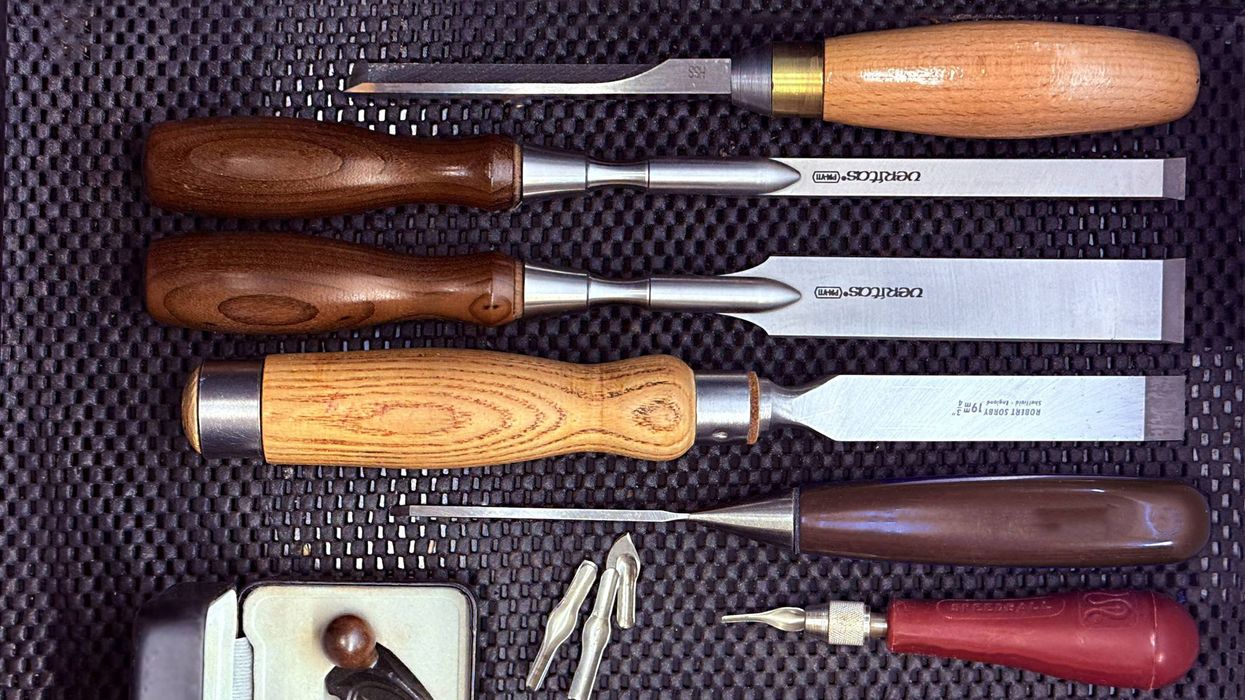
![Rig Rundown: AFI [2025]](https://www.premierguitar.com/media-library/youtube.jpg?id=62064741&width=1245&height=700&quality=70&coordinates=0%2C0%2C0%2C0)












 Shop Scott's Rig
Shop Scott's Rig![Rig Rundown: John 5 [2026]](https://www.premierguitar.com/media-library/youtube.jpg?id=62681883&width=1245&height=700&quality=70&coordinates=0%2C45%2C0%2C45)















































